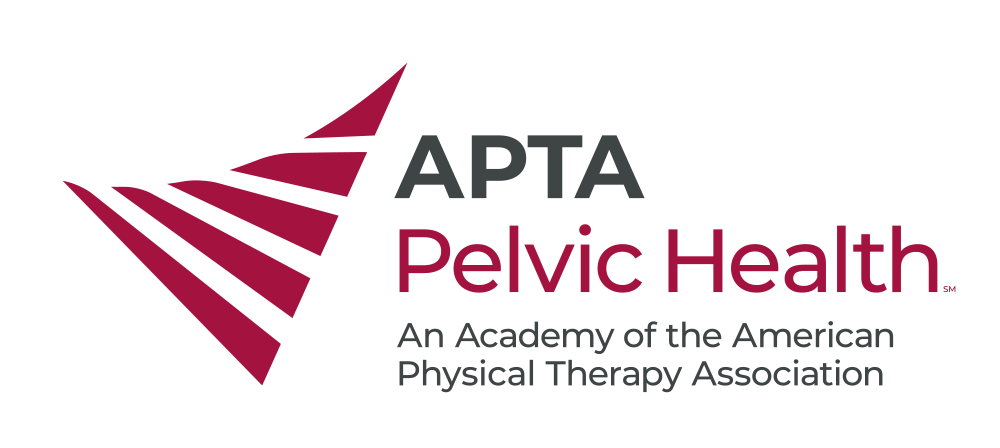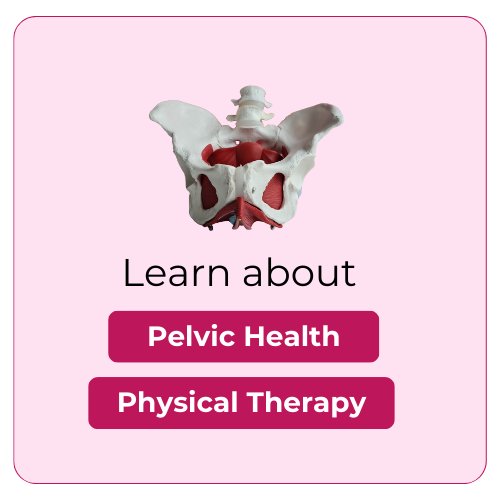Diaphragmatic Breathing

The diaphragm is a large dome-shaped muscle that sits inside the rib cage under the lungs. It separates the ribs, lungs and heart from the abdomen.
The diaphragm is important for breathing, blood flow, and digestion. When the diaphragm contracts, it lets your lungs fill with air to breathe in. When the diaphragm relaxes, it helps you to breathe out.
The diaphragm, the abdominal muscles, and the pelvic floor muscles like to move together. When breathing in, the abdomen and pelvic floor muscles relax and lengthen. When breathing out, the abdominal and pelvic floor muscles shorten or lightly contract.
This helps the abdominal organs to shift with normal breathing, which is important for bladder, bowel, and gut health.
How diaphragmatic breathing is helpful:
-
It can help the pelvic floor muscles to relax. This can decrease pain, improve bladder and bowel habits, and improve sexual function.
-
It helps to calm your nervous system and decrease stress by slowing and deepening your breath. This reduces stress and anxiety.
-
It helps improve awareness of the pelvic floor muscles by retraining the brain.
To perform diaphragmatic breathing:
-
Start in a comfortable and relaxed position like lying on your back or side
-
Relax your body. Allow your legs, hips, and buttocks to be at rest, as well as your shoulders, belly, and jaw.
-
Place one hand on your chest and one hand on your belly. Gently inhale into your belly so you feel your belly hand rise first, followed by a small, gentle movement of the chest. The breath should be slow and deep but not forced.
-
Exhale, feeling your belly and chest fall again, without forcing the air out.
-
Once you feel comfortable doing this while lying down, try it in other positions, like sitting and standing. Make sure you are relaxed before you begin.
Perform _________ reps, __________ sets / day.
Disclaimer: This patient education handout was developed by the Academy of Pelvic Health Physical Therapy (APTA Pelvic Health) and is meant to provide general information, not specific medical advice. It is not intended to substitute for the judgment of a person’s healthcare provider. Additional information can be found at www.aptapelvichealth.org. For inquiries, please contact us at https://www.aptapelvichealth.org/contact-us.



